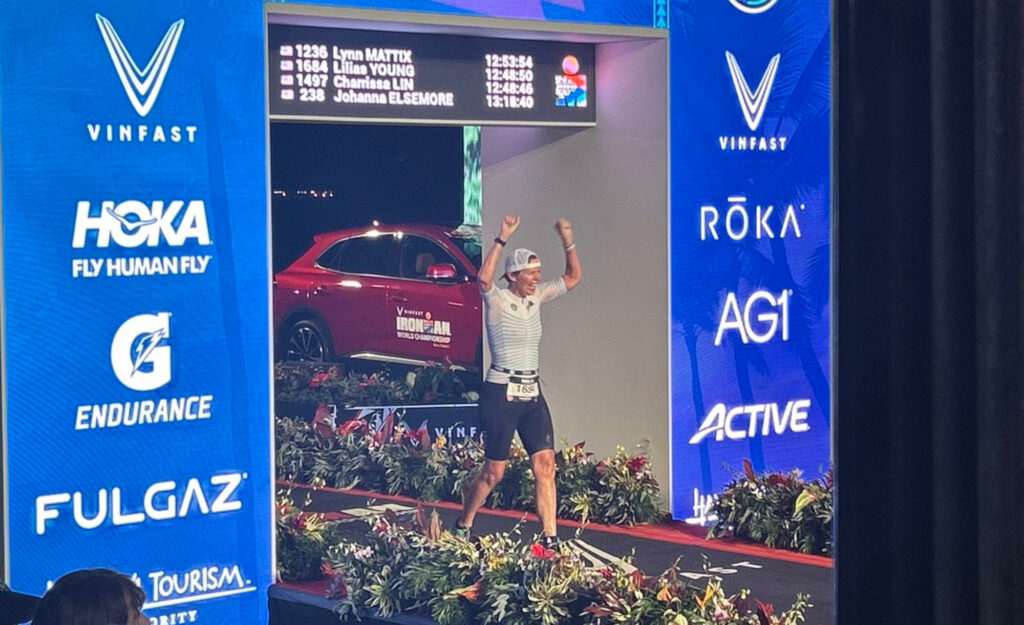Originally published at: One Day, One Race - Slowtwitch News

In 2023, Ironman split the world championship into two separate days and two different locations. The women raced in Kona, Hawaii and the men raced in Nice, France. This year, 2024, women raced in Nice, France and men race in Kona, Hawaii. The men will start around 2400, the women had just over 1100 finish at Nice. While the intention was to have more inclusivity for women, the format of two races, two locations has failed.
Triathlon’s success is based on community. On a recent podcast, Andrew Huberman, the Stanford neuroscientist, pointed to the fundamental importance for adults to have strong friendships and community. Community and a sense of belonging are main reasons athletes begin with triathlon. It is a “community of pain” and surveys of triathletes, despite our narcissistic bent, return to “community” as the reason for starting in the sport.
So why separate us?
Why have two different world championship races? How does that format promote and encourage women in sport? It doesn’t. It separates us and puts women into an off-stage corner.
I started triathlon for the group atmosphere, for the social component, to find my people. While I am only one voice, I am a common voice. I was living and partying hard in Hollywood in the late 2000s, but that came to a halt when I stopped drinking, joined AA and lost all my “party friends”. It was a lonely time. In 2010 I was introduced to triathlon and the Los Angeles triathlon “team”. I did new and frightening things like open water swimming in Santa Monica. I bought a bike, like many new southern California triathletes, at Helen’s Bikes in Beverly Hills. I joined a run club. I rode with the 101 Ride in Malibu. I was in a community. I had a new happy hour.
As time went on, I made progress and began to want to see how far I could get in the sport. I hired a coach, improved little by little from the middle of the pack at Ironman to being on the podium. I qualified for Kona with a third place finish at Ironman California (three slots). My dream of going to Kona was realized. But as it turns out, this was the first year of a woman’s-only race and Ironman needed to fill the race with others who hadn’t made the podium. Ironman invited lots and lots of women to Kona. Women who came 50th in their age group were invited. While this helped with inclusivity in the sport, it eroded the racing excellence of Kona. For women, there was no mountain to climb, just a slot to be accepted. The result: the recent women’s world championships in Nice, France was a ghost town with only around 1250 women toeing the start line. The world championship is for the best of the best demonstrated through proper qualification. It is not and should not be treated as a ribbon participation event. While I am glad so many other women got to experience Kona last year, there was a missing piece: the community in total. The men.
For the integrity of our excellence, for the achievement of sport, for the quality of the world championship, we need less is more. Proper qualifications all around. Make it hard to get in. Make it a pinnacle. One day in Kona (or somewhere). Both sexes.
Will a single-day format hurt women’s racing on the big island? Will the professional women in particular be hindered? Maybe. But the achievements of women on the island are underscored by the witness of the entire community validating our achievements as fellow racers, as spectators, as brands, as vendors, as a collective humanity celebrating our joint achievements. We did it because we could. We did it together. And we bragged about it for the rest of our lives.